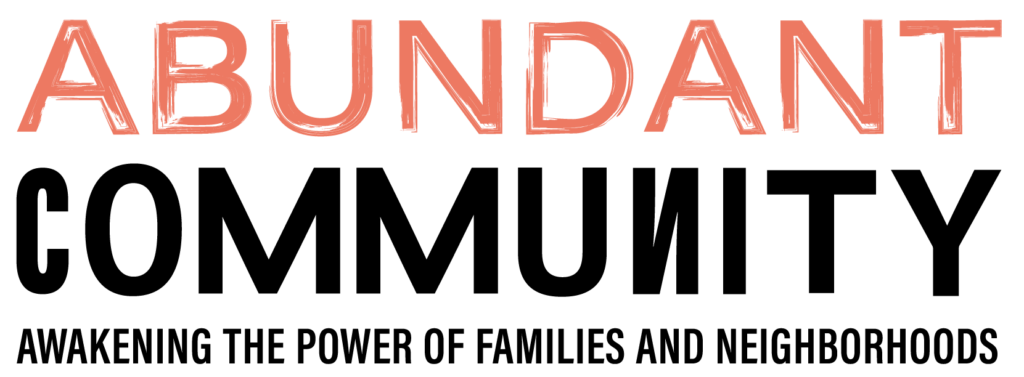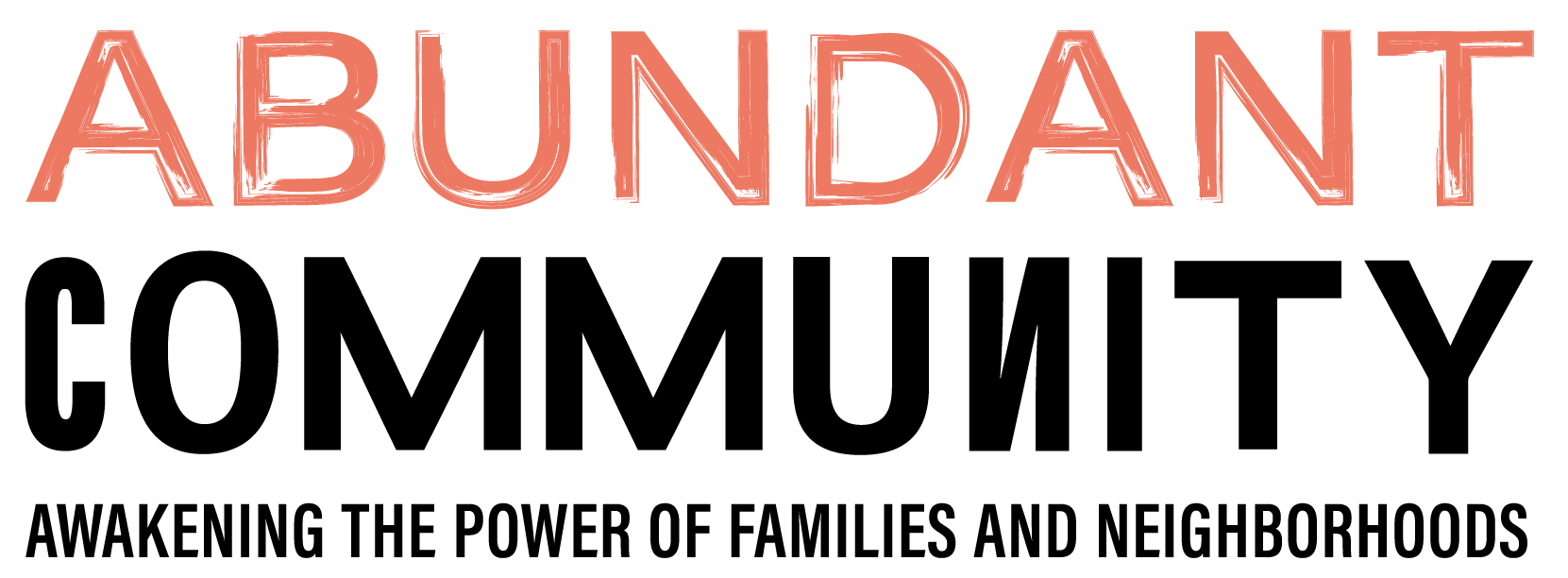The Democratization of Art
I just spent two days at a conference on education reform. While the agenda was to discuss schools and the ways students learn, what was unique about this gathering was the role that art played in building connection in the room and moving the agenda of the gathering forward.
Each day began with Michael playing piano to bring the sunrise into the room, awakening us with soft and gentle sounds of improvised music.
Mariah, Avril and Mary captured the group’s ideas on large white pieces of paper on the wall. They spent much of their time graphically displaying what was going on in the gathering. They are graphic artists making beautiful images as the conversation unfolds.
Barbara played the piano and sang touching songs which were a reflection of our lives. Songs mostly of her own creation that said yes to what we were up to and pushed us to be more present.
The center of the room was a collage of sacred objects. We had a circle with candles, flowers, artifacts of where we were meeting. Plus poetry scattered around for us to look at. Ken told stories as from theArabian Nights. Skip read poetry as he truly knows how to do.
All this made the gathering unique from the start. There was more art present than in most. It would have been natural for the participants to sit back and enjoy the talent surrounding them and stay in the role of audience. Satisfied audience, but still audience.
What got my attention was that something shifted early in the gathering. The artists were not satisfied to keep performing, they chose to engage us in the arts. The singing, moving, drawing and speaking moved from being in the hands of the “artists,” professional and serious amateurs, to being in the hands of every person in the room.
Over the course of the days, every person was given the opportunity — urged is more accurate — to sing together, move together, draw together, speak poetry together, play instruments together. This was not the point of the gathering. The point was about sharing and learning about education. But after the content, the lectures and discussion about education, we assembled in groups of four around a piece of paper and drew what meaning we took from what had just occurred in the room. The large sheets of white paper on the wall became community property and each person filled the space with their own images.
At one point, each person was asked to think of a word that held meaning for them at that moment. Then Mariah called on people to speak out their word. One after another, and another, until a string of words of meaning emerged, which of course was poetry. And we discovered what was on the mind of the community.
In this way art became democratized. It moved from the hands of the expert, the artists, into the hands of the citizen, the participants.
During this experience, I realized that even though we value art, we too often relegate art to the professionals or the serious amateurs. Every community and neighborhood has people who are known for their ability to sing. We acknowledge those who can paint something or sculpt something. We know and enjoy those who “really know how to dance.” Or draw or recite poetry.
In most neighborhoods we can hear music in entertainment places and concerts in front of the library or neighborhood center on public grounds. Churches are places where the choir and talented voices sing for us.
In communities beyond neighborhoods, there are concerts, festivals, performance venues. There are the high-end fine arts and the grass roots programs for youth and marginal adults. All good but still held in the hands of experts. Still held as performance.
Art Is a Necessity, Not Just Nice
Here is where this takes us. First, this gathering paid more attention to the role of art in learning and transformation that most any I have attended in North America (nothing compares to Africa). It made art a core part of the design and provided a living demonstration that art has a function beyond touching us and entertaining us.
Art has an essential function, which is to engage us in our humanity and bring us together. It is what gives form to culture. It is a powerful means for us to engage with each other. In this way it is essential to learning and creating any alternative future we have in mind. Especially if are talking about our children or any other human project. How can we raise a child if their voice, hands, body, and creativity are not valued? How can we expect this of them, if doing this is not central to how we, as adults, come together?
The arts have a job to do no matter what the purpose of our gathering. The most businesslike, intellectual or problem solving gathering needs an open mind, an open heart and a trusting network of relationships to achieve its purpose. Participating in art does this.
Let Me Entertain You
Regardless of whether the artists decide to engage us, making art more central to our lives faces some challenges. Most of us are imprisoned by the idea that art is a specialist’s domain. That it is for exceptional and certain occasions. We have sadly de-emphasized the arts in our schools and it is now relegated to special performances. We still have talent shows and plays, but producing art is not considered part of a core curriculum in most schools, especially in the higher grades. It disappears in the drumbeat of math, reading and science.
Even where the arts are thriving, we still think of the arts as entertainment and serious participation only for the few. We do not consider music, poetry, movement and drawing as central means to raise children and create the village to support them. Or central to understanding science, or literature or engineering.
I Can’t Sing
This view is sustained by the story we each hold about our ability to participate in the arts. We claim we cannot sing, or play an instrument, or keep time, or do poetry or draw. This “problem” story, which is just a story, is our rationalization for outsourcing the arts to the professional or expert, just as we have outsourced education to the school, safety to the police, health to the physician. Our doubtful relationship to our own artistic creativity is another casualty of the consumer society.
No matter what the purpose of the gathering, its success is always dependent on the micro culture created in the room. If we are there to plan, learn or decide something, the context of that gathering is decisive. Art, or its absence, is decisive in producing context.
On a larger scale, if the purpose of a community is to raise a child and live a satisfying life, then we have to reclaim our own humanity and imagination. This is what engaging in the arts does best. Yet we have so forgotten this.
In this conference last week, the operating assumption was the belief that
If we can speak, we can sing
If we can walk, we can dance
If we can hold an object, we can draw and paint
If we can make sentences, we can produce poetry
This produced a unique community, it engaged people in a way they did not ask for or expect, and it worked. Believing and acting on this may have more to do with sustaining democracy, building community, restoring our humanity and caring for the next generation than all the voting, small group dialogue, programs, schooling and planning in the world.
I would love to hear about ways you are bringing art in to the mainstream of your being in the world.
~ Peter ~


